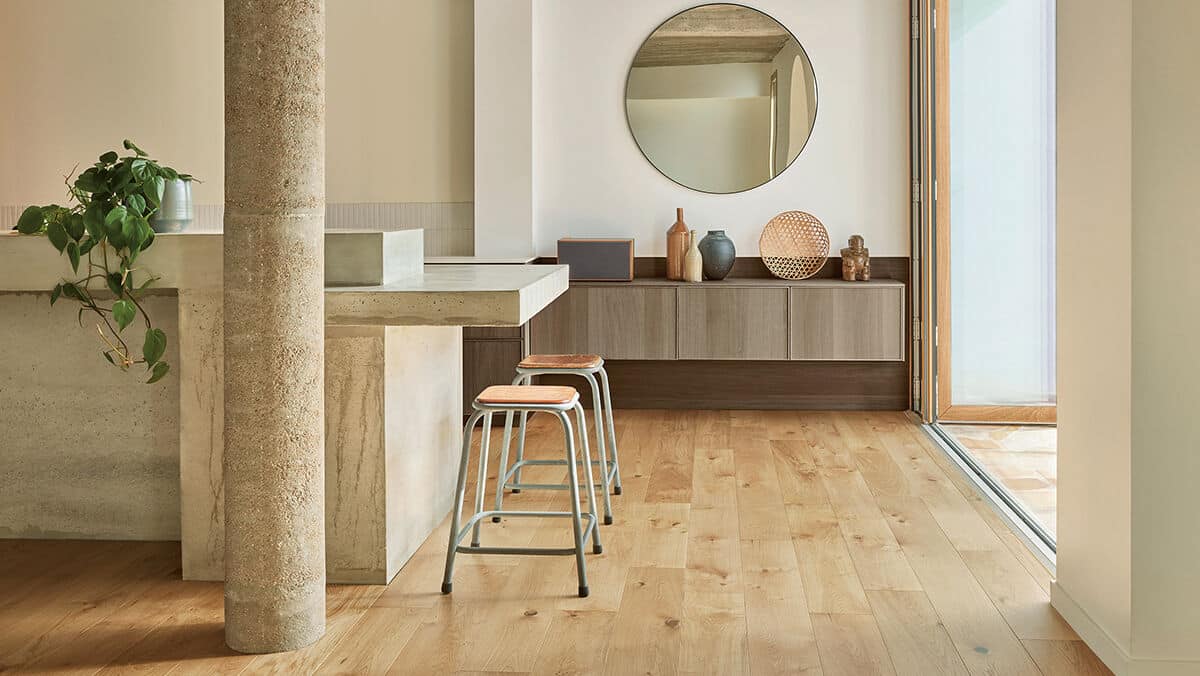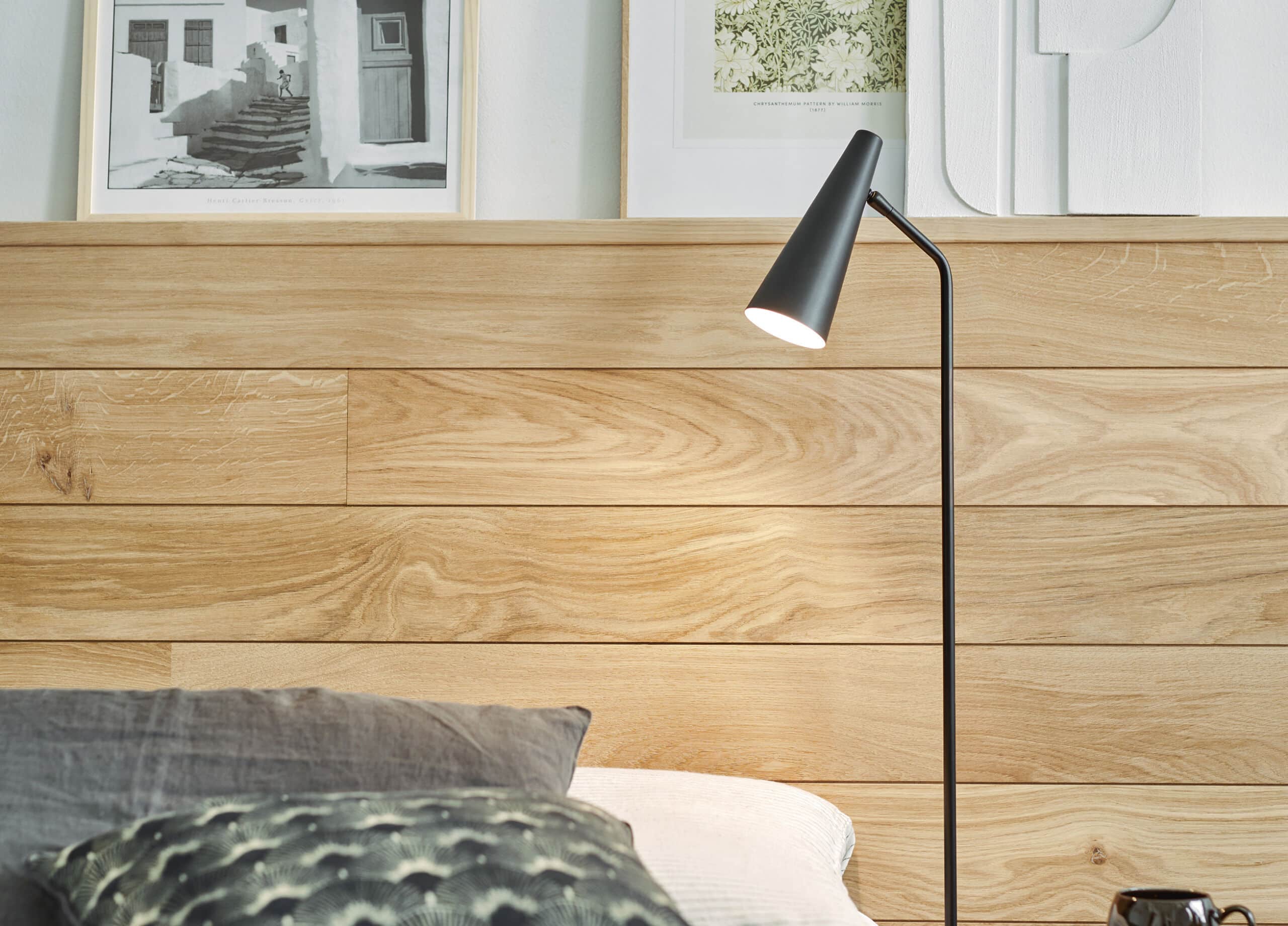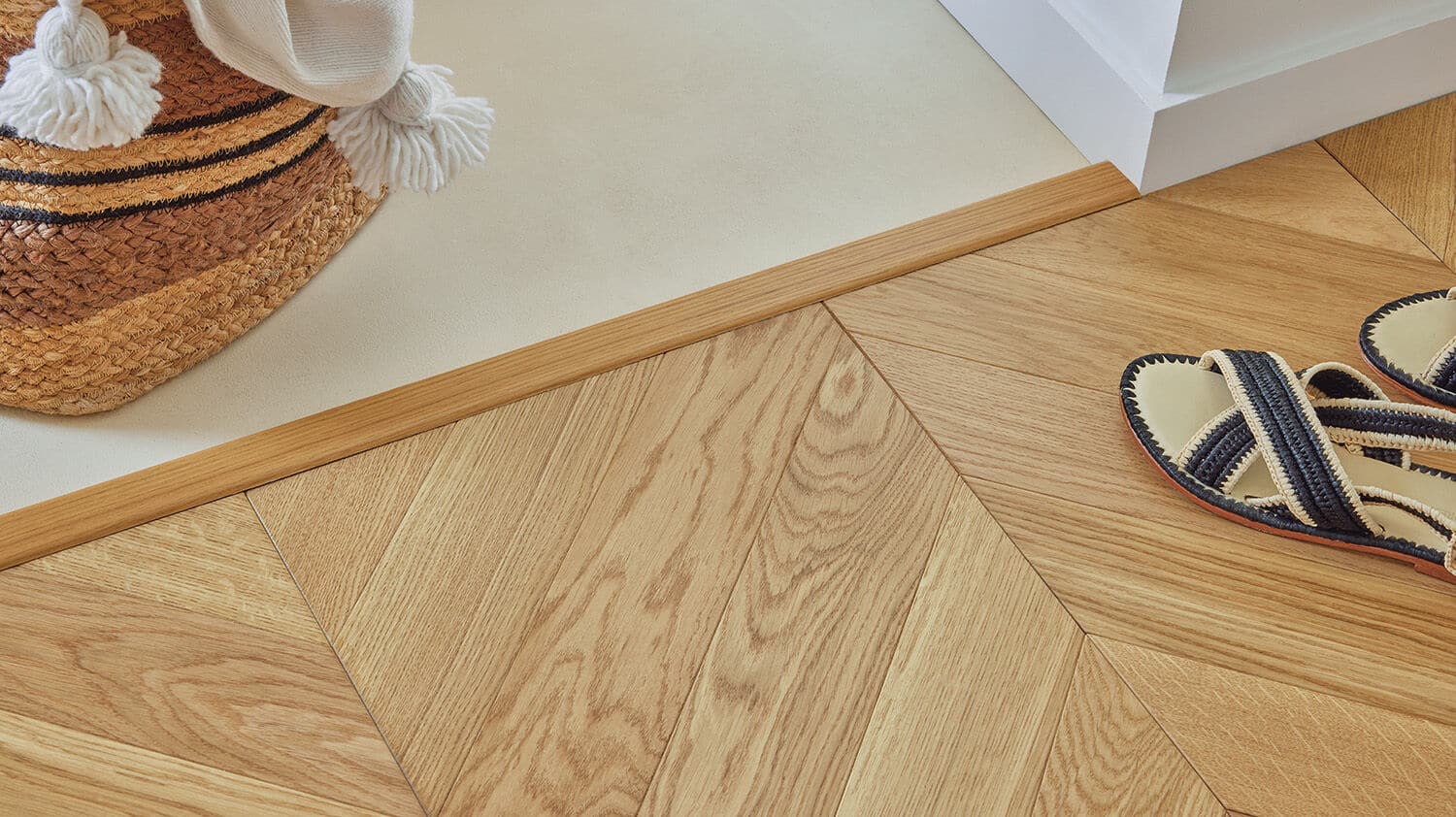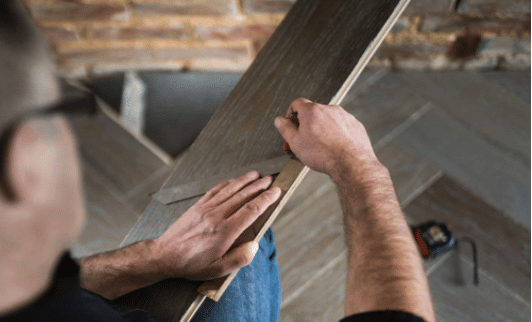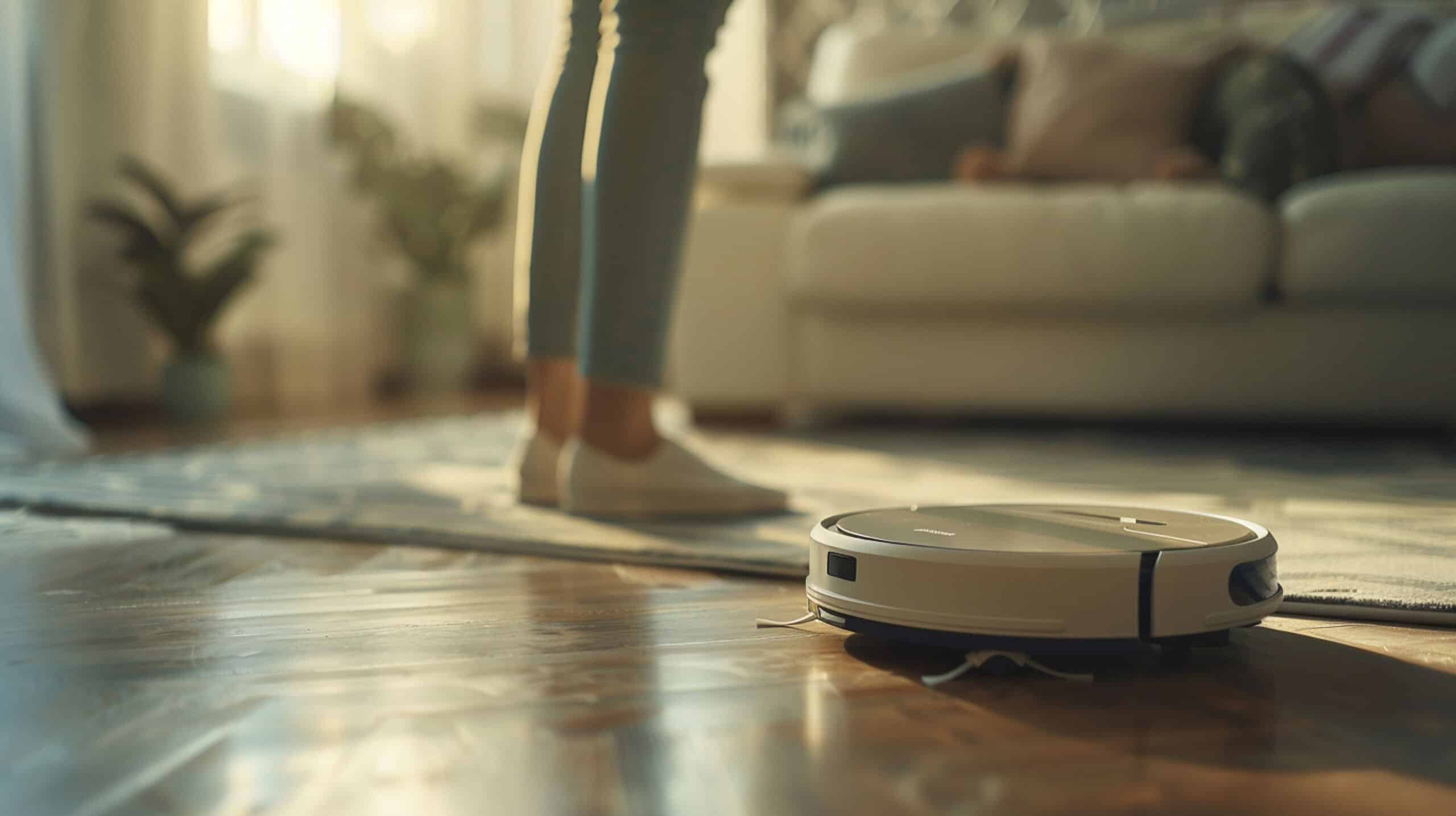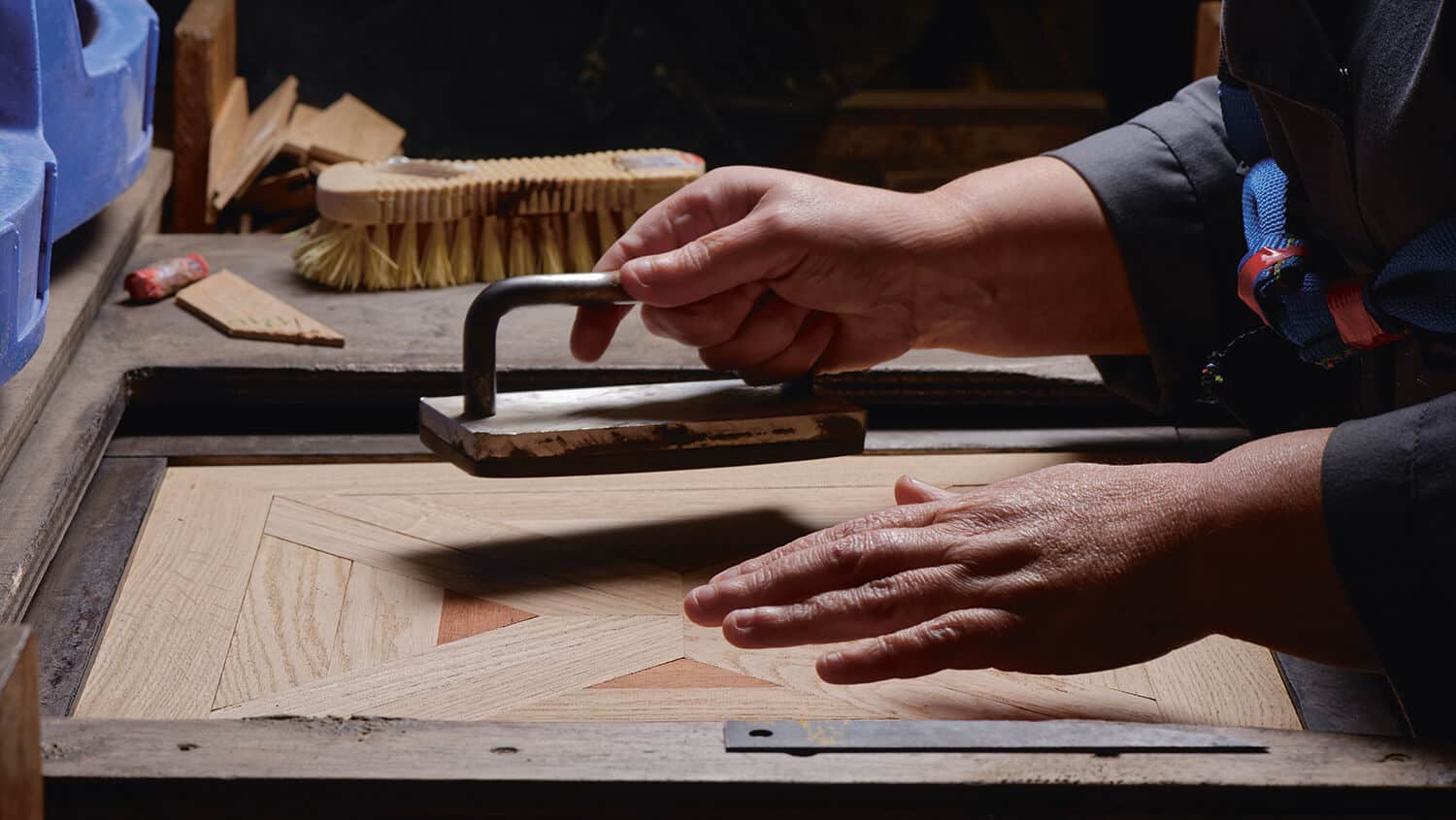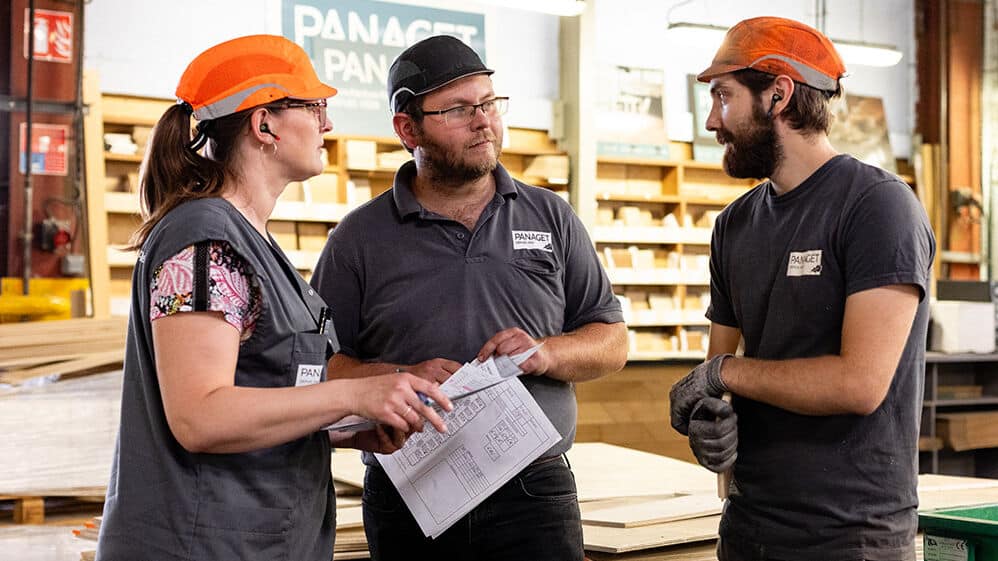What type of wood flooring should be laid over underfloor heating?
Wood floors bring warmth to any home, whether old or new. As underfloor heating has become more widespread, our floors have evolved accordingly. However, there are still a few restrictions depending on the type of heating you have and where you plan to install the floor. Read on to discover which wood floors are compatible with underfloor heating.
What type of wood floor can be installed over underfloor heating?
Whatever type of wood floor you choose, there are certain guidelines to follow. First off, this type of installation is only compatible with ‘low-temperature’ heating – systems installed after 1990 with a temperature between 21 and 24°C. Make sure that your underfloor heating is suitable for this kind of installation. When laying floors over underfloor heating, check the supplier’s recommendations before you begin. Important regulations apply to prevent any issues following installation (leaving the base to dry naturally, switching off the heating 48 hours prior to laying the wood floor and gradually increasing the temperature afterwards).
Once done, ensure your underfloor heating is completely compatible with your wood floor by:
- Choosing a dense and stable wood resistant to fluctuations in temperature
- The thermal resistance of flooring materials, including any associated separation layer (such as underlay), must not exceed 0.13 m² K/W for heated floors and 0.09 m² K/W for reversible floors. The thermal resistance of our wood floors is specified on each technical datasheet.
- Make sure that the planks are not more than 15 mm thick
Both oiled and lacquered wood floors are compatible with underfloor heating so feel free to choose your favourite finish. See our guide on choosing a wood floor for additional advice.

What types of wood floor installation are compatible with underfloor heating?
Once you’ve chosen a wood floor that meets the requirements specified, the type of installation depends on your underfloor heating system. Either way, the floor surface temperature should not exceed 28°C. We also do not advise having rugs or low items of furniture on top of the wood floor.
Hydronic radiant heating systems consist of a network of tubes below the floor that heat the room. We recommend ‘full’ glue-down installation with polymer glue for this type of heating, but floating installation is also possible with a suitable underlay.
Electric radiant heating systems consist of a series of heating cables set into concrete screed or slabs. We also recommend ‘full’ glue-down installation with polymer glue for electric systems, although floating installation is also an option with the correct underlay.
What type of wood floor can be installed over a reversible heated floor?
This type of underfloor heating makes it possible to both heat and cool the room. The same guidelines as for normal underfloor heating apply, but there are also additional measures to take into account.
Check with our advisers that the type of wood floor you have chosen is compatible with your heating system as the fluctuations in temperature will be greater.
If you have reversible heating, only ‘full’ glue-down installation with polymer glue is possible. This will conduct the heat and ensure the wood floor remains stable. No underlay should be installed between the underfloor heating and the wood floor to ensure maximum heat distribution. For this reason, it is not possible to install floating wood floors on top of reversible underfloor heating.
Drawing on its industrial experience and technical expertise, Panaget recommends certain products from its range for this type of floor.
For further advice, download our instructions on installing wood floors over:
Whatever type of underfloor heating you have, Panaget offers a range of compatible wood floors and finishes that enable you to upgrade your home whilst keeping it warm.

